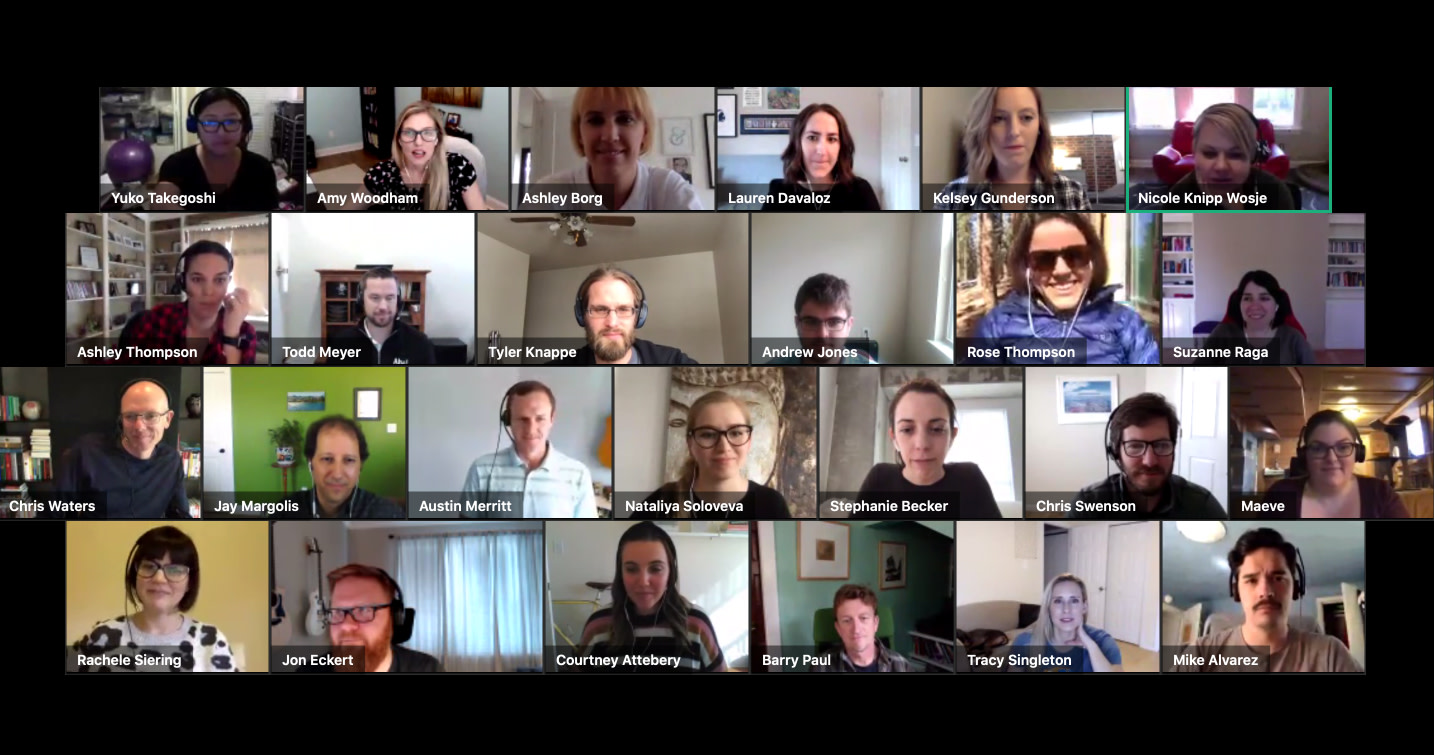
5 Ways Successful Remote Employees Stay Engaged
“The calm before the storm” is a well-worn cliche. But sailors know that this saying is rooted in truth. An approaching storm creates a drop in barometric pressure — and a deceptively tranquil sea.
Just as a sailor knows to be wary of eerily calm waters, leaders also should be on the lookout for suspiciously quiet employees.
One “checked-out” employee may not cause a major ripple throughout the organization, but they can have a negative effect. You want everyone on your team to be excited and committed to achieving a shared goal. And engaged employees are more productive — studies show that engaged employees report 22 percent higher productivity. It makes the work more meaningful and enjoyable for everyone.
Unfortunately, you cannot ignore these stormy statistics — according to a Gallup poll, the U.S. reports a lowly 31.5 percent employee engagement rate. (Engagement among millennials dips even lower at 28.9 percent.) Although engagement is at its highest since Gallup first began measuring it in 2000, the numbers still show that a whopping 70 percent of workers are ho-hum about their jobs.
And distributed companies face unique challenges on the engagement front. Is it even possible to keep teams engaged when there may be thousands of miles separating each person?
I think about this challenge often. I lead a distributed team at Aha! with members in the U.K., Australia, Canada, and 13 U.S. states, including Hawaii. We all work together — remotely — spanning several time zones. While I am proud of what this hard-working team achieves together, we also want each individual to be fulfilled and to know that their contributions matter.
It is no small task. But here are a few ways we work to keep our distributed employees engaged:
Hire for motivation
It all begins with hiring talented individuals who are intrinsically motivated to deliver their best work. It simply is not possible to motivate people to achieve — so we focus portions of the interview to help discover the candidate’s drive. Hiring individuals who have a strong drive to work hard helps promote a positive, vibrant atmosphere from the start.
Share the big-picture
Sharing the vision and how each person fits into the big picture is important at any company. But it is essential when teams are not tethered to one location. Success requires that everyone truly understands the vision. Knowing the big picture — and where they fit — helps build confidence and engagement.
Recognize effort
Engaged teams are thoughtful and deliberate about recognizing hard work and expressing gratitude. At Aha! we show appreciation for major milestones, but also recognize behind-the-scenes work. On a given day, one team member may call out someone who made a special effort with a customer or helped a colleague on a challenging task. Recognizing effort has become a natural part of the way we work.
Check in often
Frequent (yet brief) virtual meetings are vital when you do not share office space. We hold a company-wide weekly meeting to share progress and other news. But we also set several quick one-on-one syncs between team members, and chat back and forth as needed. The added benefit of setting frequent meetings — instead of random break room run-ins — is that we are more purposeful with our time together.
Promote camaraderie
Banter simply makes work more fun. We encourage lighthearted traditions like our “joke of the week” and share travel photos and birthday wishes in group chats. We swap movie and music recommendations. And when we do meet in person twice a year, we can see first-hand how those efforts strengthened relationships — and buffered isolation.
No matter what kind of a workplace you have, employees need to feel that their work matters and that they are challenged to stretch and grow to their potential.
It may not be realistic to expect that every person will remain engaged at all times. But you also cannot assume reduced engagement is a passing storm — particularly at a geographically dispersed company. You must consistently promote that sense of purpose, community, and belonging.
Focusing on engagement is a vital part of leading a team. And it should never be left to chance.
How do you help your team stay engaged?




